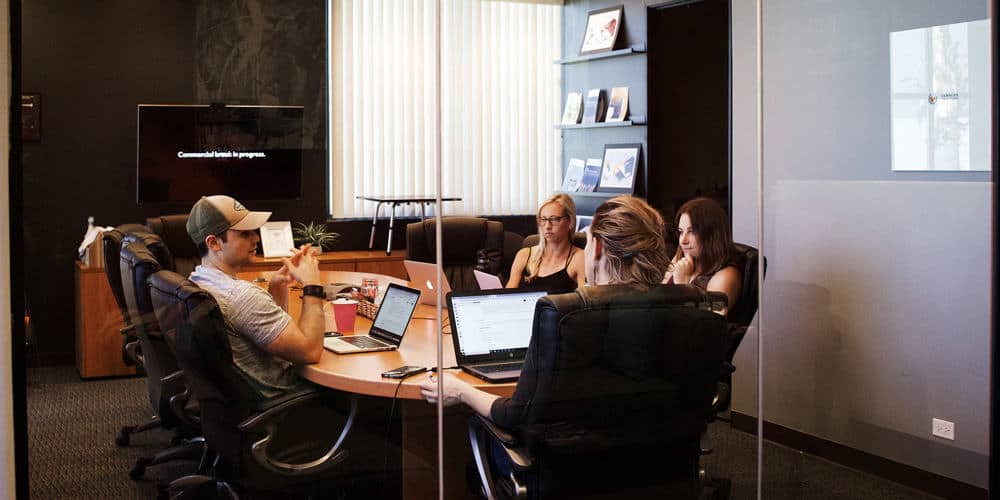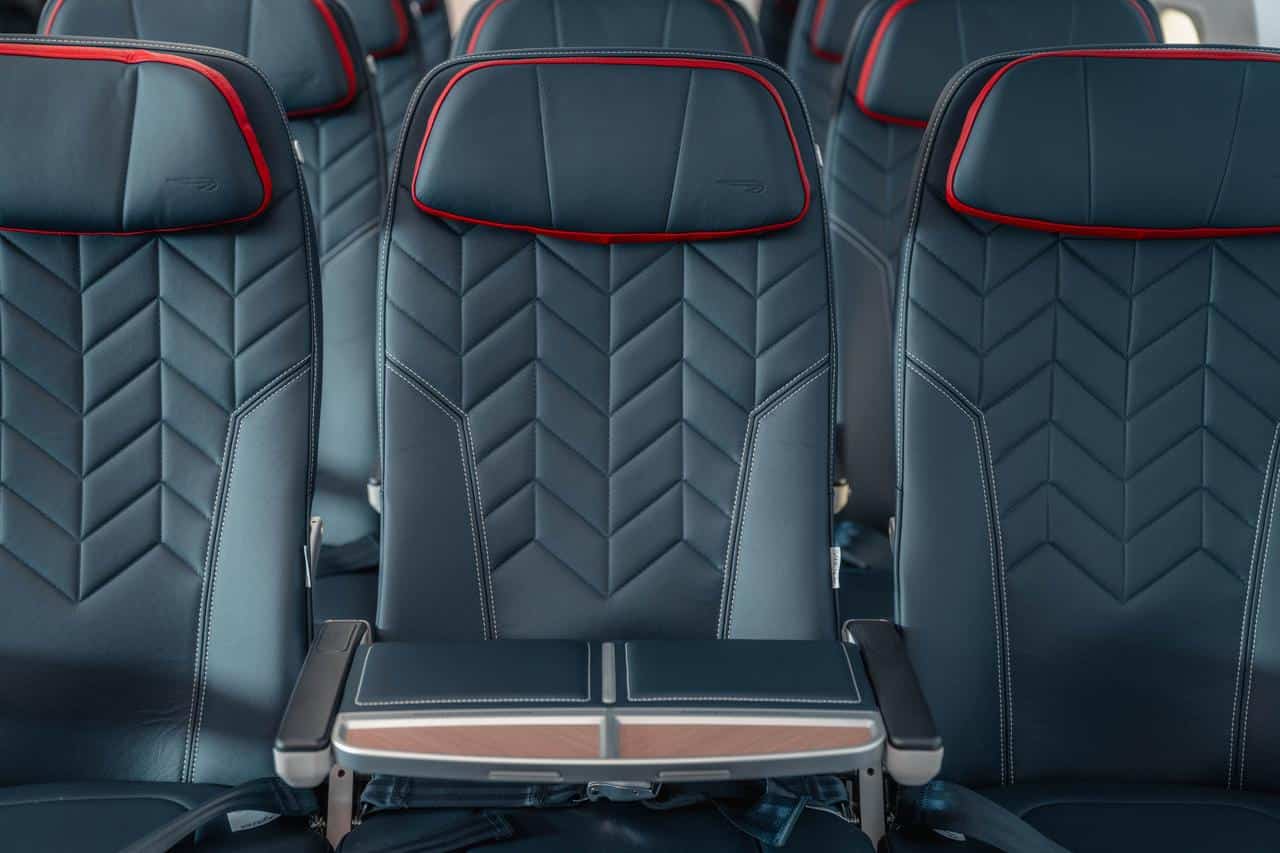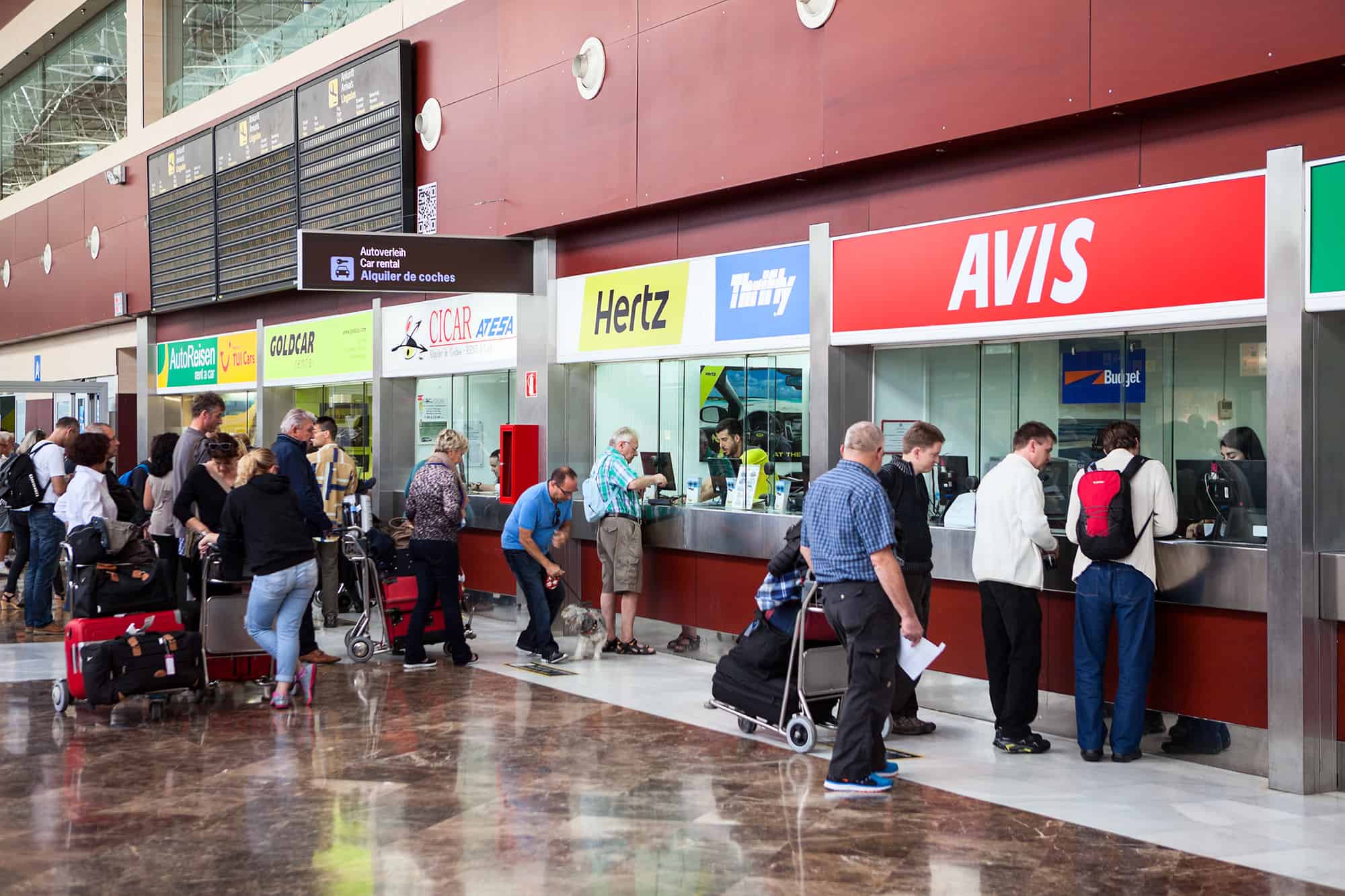In the current age of digital expansion and the ability to hear and see someone, in real-time, halfway around the globe, there is increasing pressure, from a number of quarters, to eliminate face to face meetings. Concerns over business efficiency, environmental impact, time and resource allocation, and even liability of employees while travelling, have each taken aim at face to face meetings.
But is there a compelling counter-argument?
Most business experts say there is. Not only are face to face meetings often more effective in cementing the business relationship, but there are other factors that make meetings more – or less – important to a company.
In short, some face to face meetings need to be cut – but others need to be kept.

Places to cut and places to keep
Eliminating non-essential face to face meetings and related costs will be met with approval from each of the points of view concerned with business travel. Even keeping a few of the non-essential ones isn’t necessarily a problem. Consider the following factors.
Established partners
One great place to cut back on these resource costs is by eliminating most face to face meetings with established partners. You might want to meet face to face every year or so, just to keep the personal touch alive, but for the most part, maintenance of a business relationship is very well achieved through video calling.
Local circuit
If you have a lot of business partners that are not far from your headquarters, then it may make sense to visit them in person from time to time, or when first establishing your business relationship. In these cases, face to face meetings may still be the most effective move for your company.
Even so, a number of concerns can be alleviated through a little planning.
- Take the train or bus rather than driving. You’ll get there with less trouble, can work or relax during the trip, and scheduling is more accurate.
- Schedule your meetings during low-traffic times, especially if you are driving or taking a bus. It will reduce wasted time and fuel, and you’ll arrive in better mental condition.
- If you have multiple places to visit, plan them so that you travel in a circuit, rather than crisscrossing an area. Consider where each location is, and find the most efficient way to get between them.
Long-haul destinations
You may have an established pattern of doing business in person, but avoiding long-haul flights, with their hotel bills and jet-lag and associated stresses, maybe the best move for your company. They are often the biggest leeches on most companies’ travel budgets. When they are necessary, try to make the most of the trip. Meet with other partners or potential partners, if possible.
Finally, follow up your face to face meetings with video conference calls to introduce them as a natural progression of the business interaction. Later on, they can replace the long-haul flights altogether.
New partners
There is a strong consensus among experts that trying to build a business relationship over video conference is difficult. This depends to a large degree on the industry and type of business involved of course, but in general, is not an area to cut.
That is not to say that the face to face meetings need to be inefficient of course. You don’t need to stay longer than is necessary to get the work done. In most cases you don’t need to send a large team. Essential personnel, essential time. Don’t come across as stingy or flippant – but it never hurts to show some care and attention for the company you represent.
As with long-haul situations, transitioning from face to face meetings to video conference calls for maintaining the relationship is best done from the onset, but gradually. Meet face to face. Follow up with a video conference. Perhaps meet a few more times during the negotiations and initial business, always following up with a video conference call. Then, once the partnership is up and running, touch base occasionally with a call or video conference.
With a little care, it will become the norm, and both parties will be comfortable with it.
Crises
The last situation in which to pull out the stops and meet face to face is when there is a crisis.
When a business relationship or company is in crisis, video conferencing simply doesn’t work in many cases. What might be needed is a personal touch. It makes it more difficult for one side or the other to cut off the conversation – there is no hang-up button in person – and reduces the chances that things get to that point in the first place.
We’re better at reading a room when we’re actually in it. We feel the anxiety and pressure points more accurately, and can react more quickly and effectively.
Summary
The point of business is to make money and build relationships in commerce. Unnecessary travel works against this. There are still times, though, when it is more effective to meet face to face. In such instances, reduce the impact of the travel – financial, environmental, emotional – and make the most of it.
Determining which is a key skill for the modern business manager.
Related Articles
- Benefits of using a corporate travel agency
- Corporate travel management solutions
- Why do companies use business travel agents?






